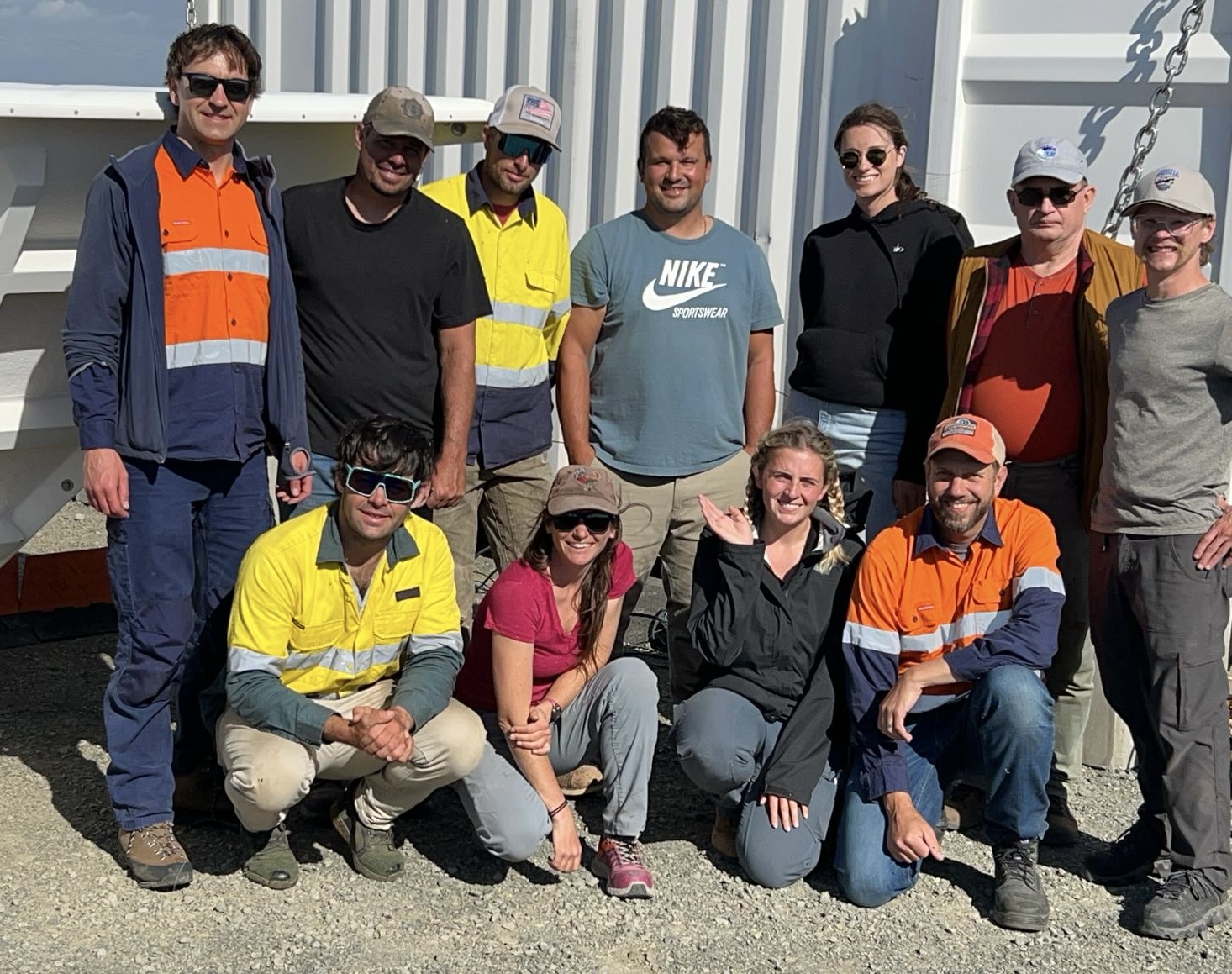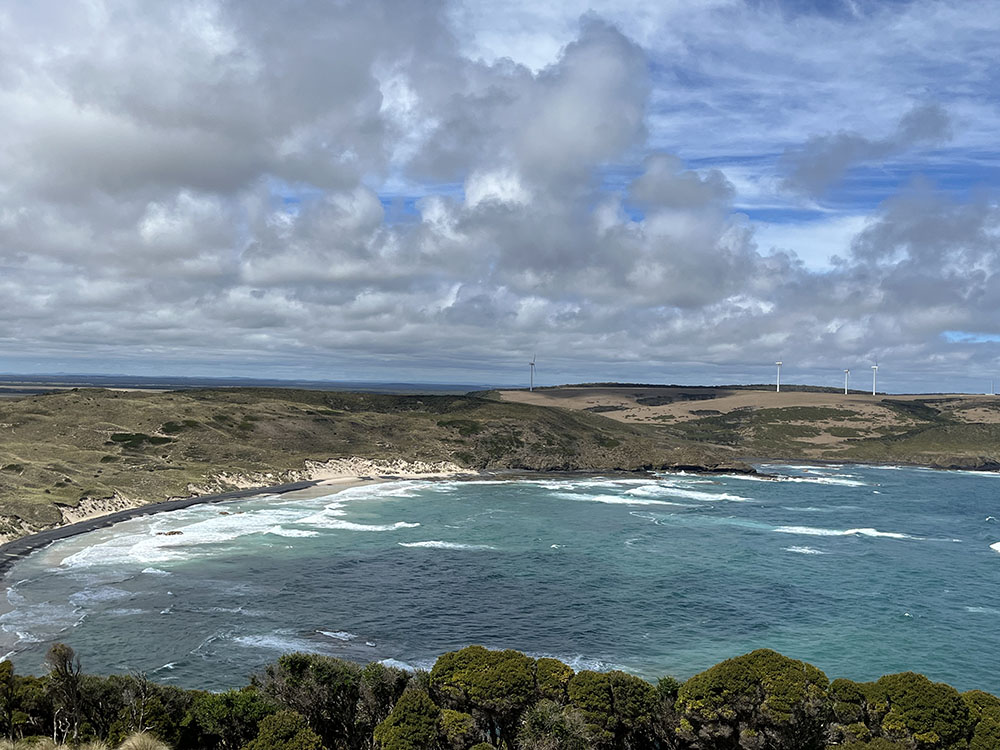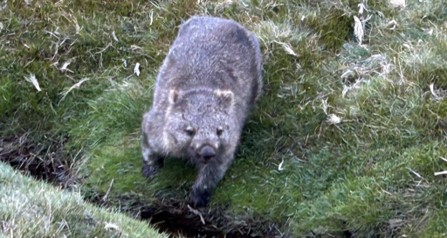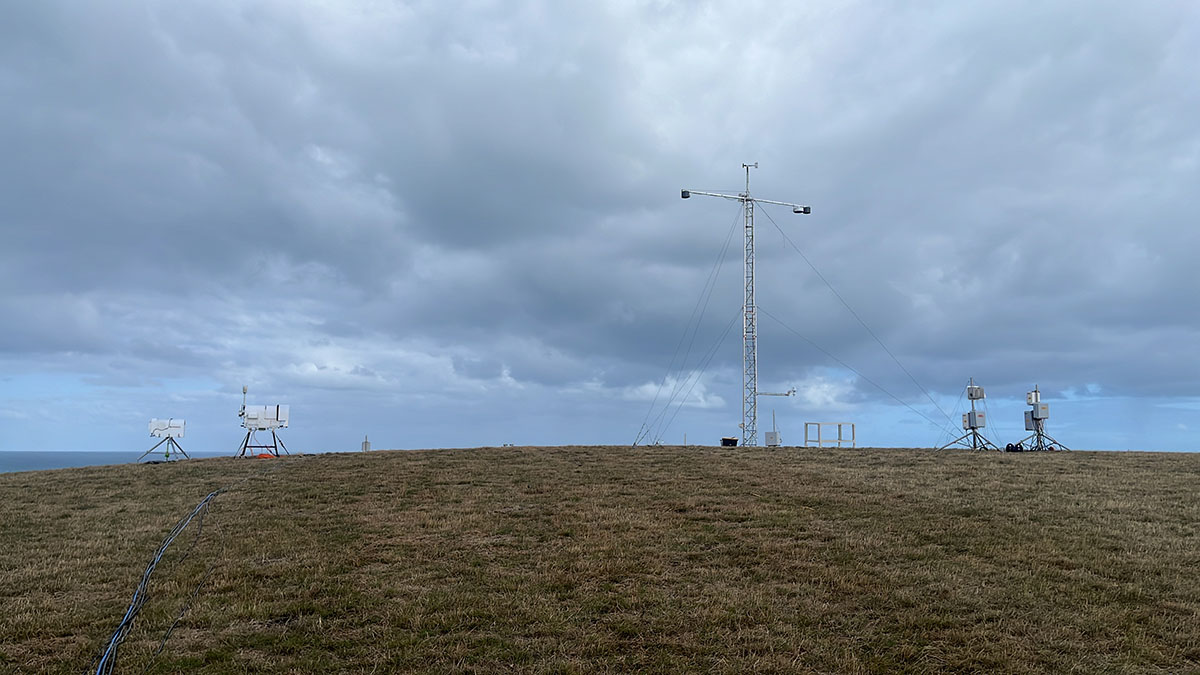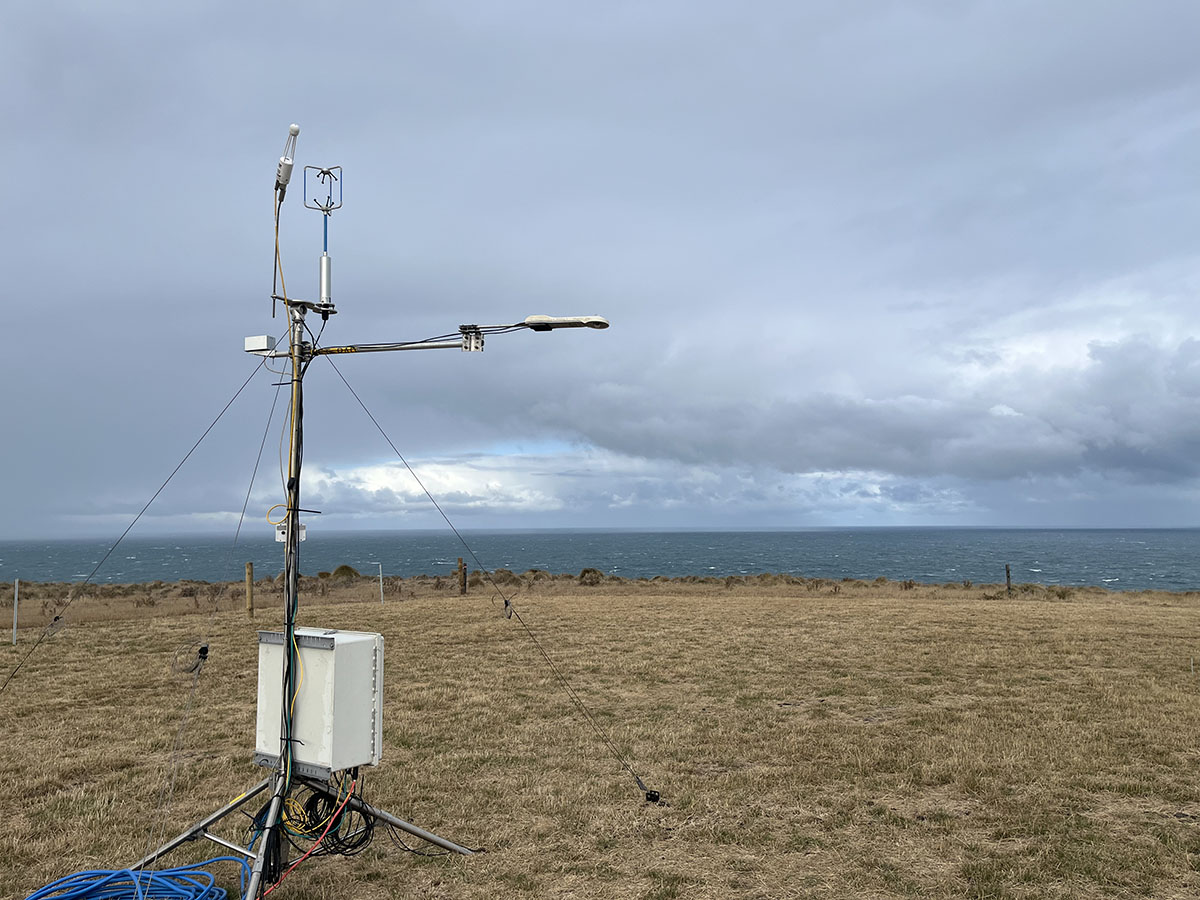Editor’s note: Heath Powers, site manager for the second ARM Mobile Facility (AMF2), sent in the following update about ARM’s site installation in Tasmania for the Cloud And Precipitation Experiment at kennaook (CAPE-k). Powers is based at Los Alamos National Laboratory in New Mexico.

On March 15, 2024, data verification started for CAPE-k. Now we have less than a month until ARM’s newest mobile facility deployment begins official operations April 15!
The CAPE-k installation began in earnest February 8 with the arrival of all the AMF2 observatory containers and equipment to the field site, which is located on the grounds of the Kennaook/Cape Grim (KCG) Baseline Air Pollution Station. Here is what was accomplished as of February 20, about two weeks into the installation period:
- All main site shelters were in place, powered, and set up.
- The guest Aerosol Observing System was installed beside the KCG station.
- The automated weather balloon, or autosonde, launcher was set up and ready for a test launch.
- All field instruments were “roughed in,” meaning they were set up, connected to power, and able to engage with their software.
- The marine atmospheric emitted radiance interferometer (MAERI) was placed near the bluff to have a view of the ocean. ARM instrument mentor Jon Gero came onsite and configured the MAERI. The test data looked good.
- Both micropulse lidars were set up, one as the ARM baseline configuration and the other as an instrument for intensive operational periods. Four of these periods are planned for CAPE-k.
- Aerosol instrument locations were finalized. The KCG station was altering its inlet to give a better sample line for our aerodynamic particle sizer.
- The data system was up and running. The network was mostly configured with good remote support from the site data systems team.
- The Ka-Band ARM Zenith Radar and Marine W-Band ARM Cloud Radar collected test data. ARM radar mentor Andrei Lindenmaier was onsite to support the installation.
I returned to the United States in early March, knowing that things were going very well in Tasmania. The weather was mostly cooperative, with some sunny days interspersed with lots of wind and clouds. The KCG BOM (Bureau of Meteorology) and CSIRO (Commonwealth Scientific and Industrial Research Organisation) groups provided fantastic support for us all along the way.
The observatory is now fully installed and making pre-campaign measurements of the clouds and precipitation coming off the Southern Ocean from the remote northwestern tip of Tasmania. The crew there worked extremely efficiently and cheerfully on the installation. Technical and creative problem-solving was a constant, as was the diligent and hard work of this dedicated group of ARM professionals.
|
|
|
|
|
|
|
|
|


